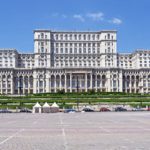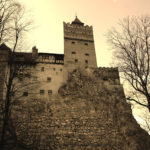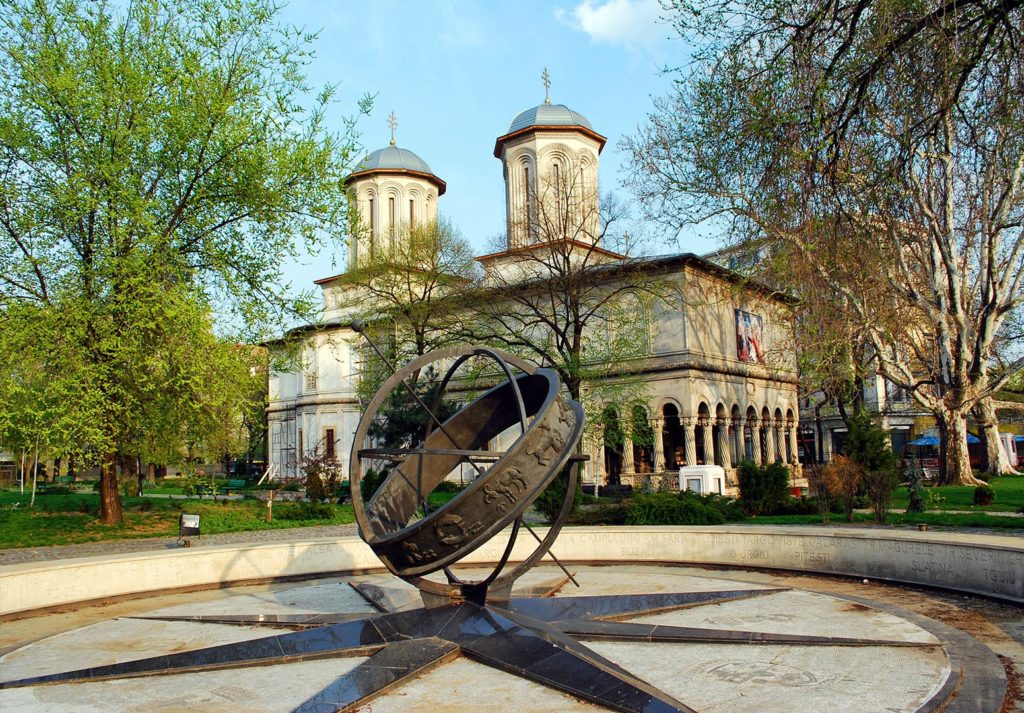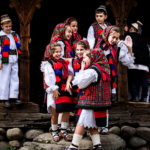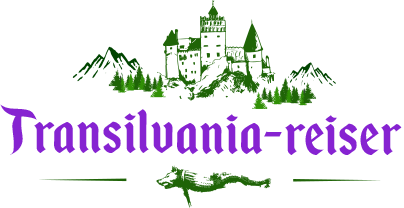During late Antiquity and Middle Ages, the major influences came from the Slavic peoples who migrated and settled south of the Danube; from medieval Greeks, and the Byzantine Empire; from the Hungarians; from the Germans, especially Saxon settlers in Transylvania as well as from several other neighboring peoples.
Romania’s history has been full of rebounds: the culturally productive epochs were those of stability, when the people proved quite an impressive resourcefulness in making up for less propitious periods and were able to rejoin the mainstream of European culture. This stands true for the years after the Phanariote–Ottoman period, at the beginning of the 19th century, when Romanians had a favourable historical context and Romania started to become westernized, mainly with French influences, which they pursued steadily and at a very fast pace. From the end of the 18th century, the sons of the upper classes started having their education in Paris, and French became (and was until the communist years) a genuine second language of culture for Romanians.
The modeling role of France especially in the fields of political ideas, administration and law, as well as in literature was paralleled, from the mid-19th century down to World War I, by German culture as well, which also triggered constant relationships with the German world not only at a cultural level but in daily life as well. With the arrival of Soviet Communism in the area, Romania quickly adopted many soviet influences, and Russian was also a widely taught in the country during Romania’s socialist years.



